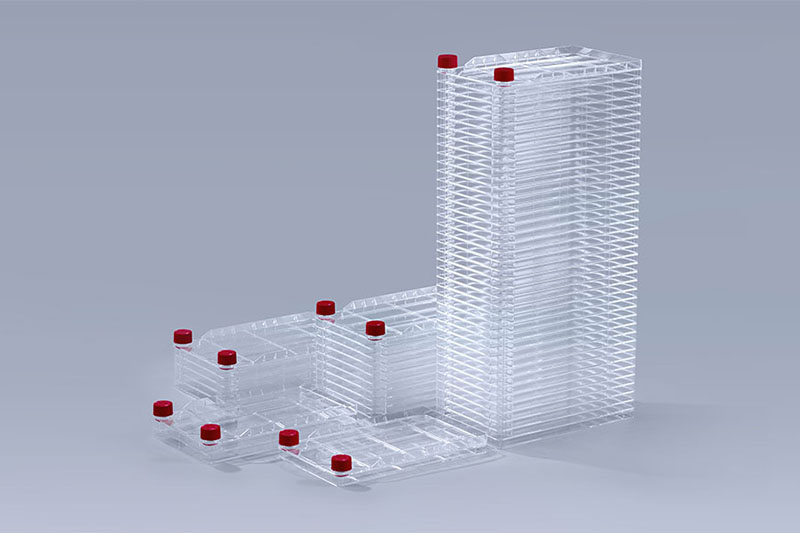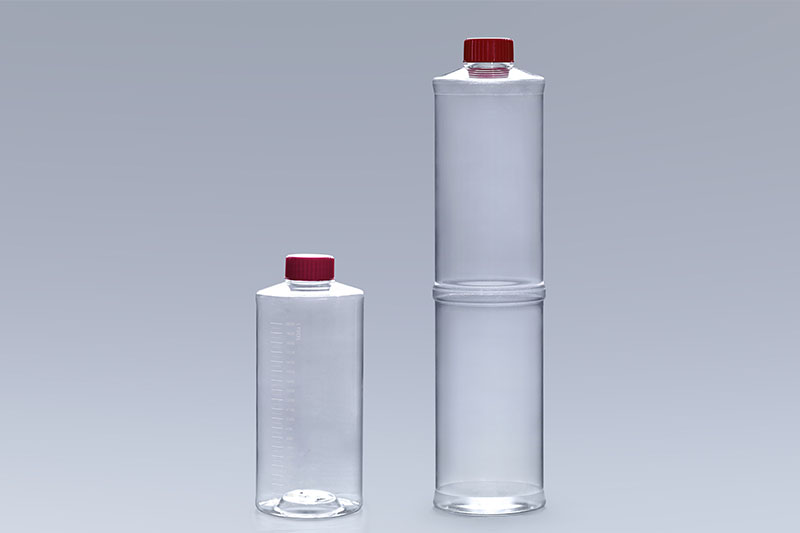Three characteristics of cell culture consumables
Today, with the rapid development of science and technology, cell culture technology is widely used in various scientific research fields such as cytology, immunology, and experimental medicine to help the research and development of various new vaccines and anti-tumor drugs. Cell culture requires a specific environment. Therefore, cell culture consumables, which are necessary containers, generally have the following characteristics:
1. High transparency: Common raw materials for cell consumables include PC, PS (polystyrene), PETG, etc. These materials have a high degree of transparency. Make corresponding adjustments.
2. No DNase/RNase: Cell growth has relatively high requirements for the environment, and it needs to be carried out under suitable conditions such as temperature, osmotic pressure, and pH. Among them, the absence of DNase and RNase means that the cell consumables have undergone special sterilization. Treatment eliminates various factors that hinder cell growth. Electron beam irradiation sterilization is a commonly used sterilization method for consumable products.
3. Surface treatment: Most animal cells need to be attached to a solid phase interface to grow, and only a hydrophilic solid phase interface can attach cells. At present, most of the cell cultures on the market are adherent cells. In order to increase the adhesion performance of the surface of cell consumables and be suitable for cell attachment growth, these consumables will undergo special surface modification treatment to enhance their hydrophilicity. Cell consumables after surface modification are generally suitable for the cultivation of suspension cells.
Products that meet market demand are more competitive. High transparency, DNase/RNase-free, and surface modification are some of the basic characteristics of cell consumables. These characteristics are also to promote better cell growth and reproduction.
 Cell Factory Systems
Cell Factory Systems Cell Culture Roller Bottles
Cell Culture Roller Bottles
评论
发表评论